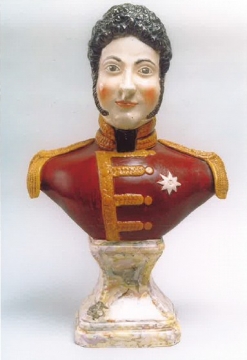Type:
Statue
Material / technique:
Polychromed faience
Dimensions:
50 cms
Type of acquisition:
Acquired by the Heritage Fund
Year of acquisition:
2007
Depository institution:
BELvue Museum, Brussels
